
Supercharge your lead generation with a FREE Google Ads audit - no strings attached! See how you can generate more and higher quality leads
Get My Free Google Ads AuditFree consultation

No commitment
Supercharge your lead generation with a FREE LinkedIn Ads audit - no strings attached! See how you can generate more and higher quality leads
Get My Free Google Ads AuditFree consultation

No commitment
Supercharge your lead generation with a FREE Meta Ads audit - no strings attached! See how you can generate more and higher quality leads
Get My Free Google Ads AuditGet My Free LinkedIn Ads AuditGet My Free Meta Ads AuditFree consultation

No commitment
Supercharge your lead generation with a FREE Google Ads audit - no strings attached! See how you can generate more and higher quality leads
Get My Free Google Ads AuditFree consultation

No commitment
Navigating the digital advertising landscape as an animal food manufacturer can be challenging. In the competitive pet food market, having the right digital marketing strategy is critical. Modern solutions now allow businesses to leverage Google Ads as a robust platform for targeting pet owners with precision, reinforcing your brand’s presence and driving lead generation. This guide dives deep into how Google Ads can help animal food manufacturers reach the right audience efficiently by overcoming challenges such as identifying the right keywords, optimizing campaigns for better ROI, and achieving visibility against a field of competitors. By integrating advanced capabilities, animal food manufacturers can automate audience targeting, leverage predictive buying signals, and sync successful campaigns across various channels seamlessly, ensuring a consistent and effective approach to capture high-value prospects who might otherwise go unnoticed.

Pet food brands and animal food manufacturers face a rapidly evolving digital landscape, where precise targeting and data-driven strategies are critical for sustainable growth. Maximizing lead generation with Google Ads requires a tactical approach tailored to the unique buying triggers and competitive dynamics of the animal food industry. For a hands-on framework, refer to this step-by-step guide for pet product Google Ads, which details campaign setup and optimization.
By focusing on high-intent keywords, real-time audience segmentation, compelling creative, and detailed attribution, manufacturers can reach decision-makers and buyers at the right moment in their purchase journey. Integrating advanced data solutions enables marketers to move beyond guesswork, providing actionable insights that drive measurable demand and higher ROI.
For animal food manufacturers, combining these Google Ads tactics with unified, actionable data transforms marketing from reactive to predictive, empowering teams to capture and convert more high-quality leads in a competitive market. Ready to put these strategies to work? Get started for free with Sona.
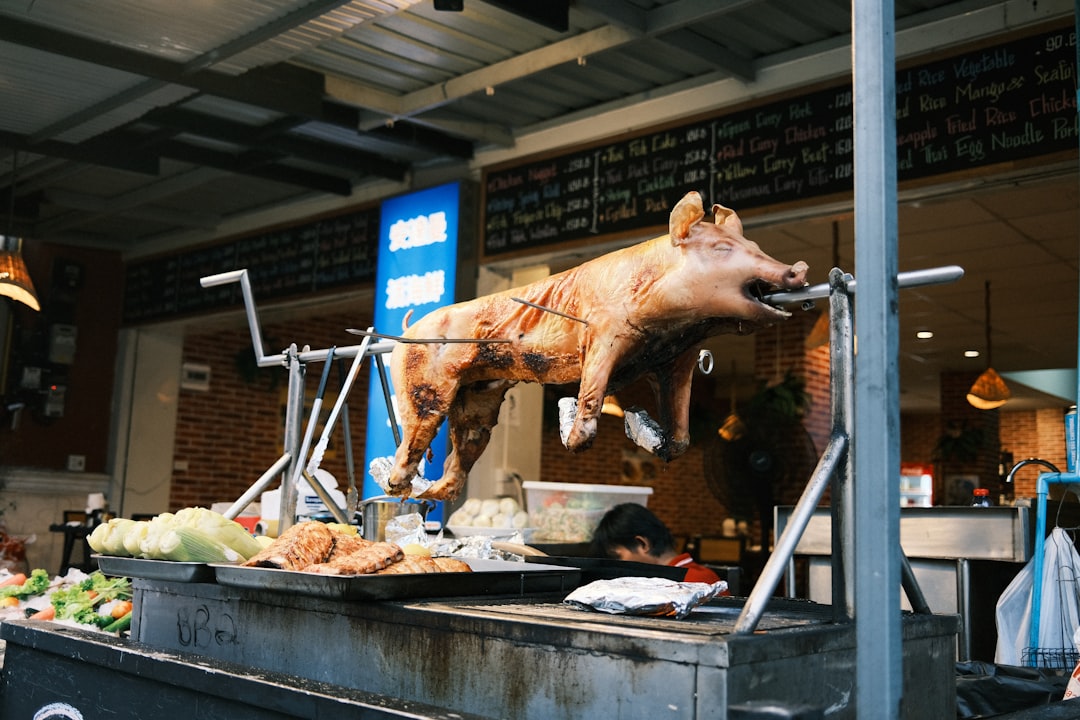
Animal food manufacturers operate in a sector where buyers conduct extensive research before making purchasing decisions. Google Ads delivers unique value by connecting brands with these high-intent prospects at the exact moment they search for animal nutrition solutions.
Ready to optimize your digital advertising and audience targeting? Get started for free with Sona.
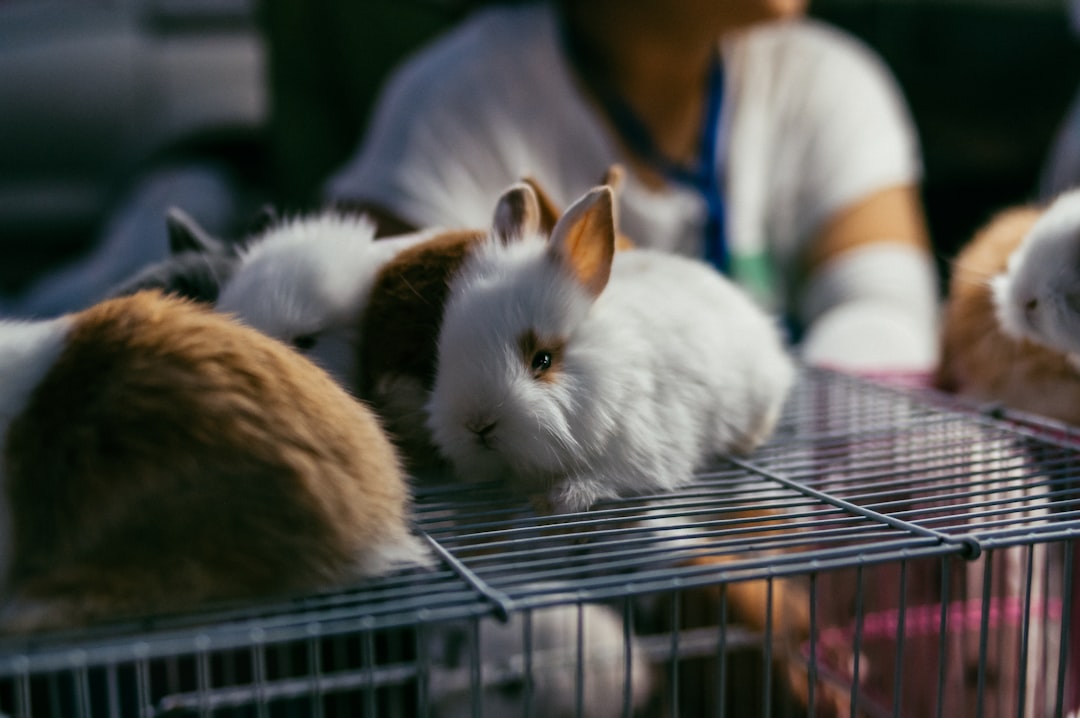
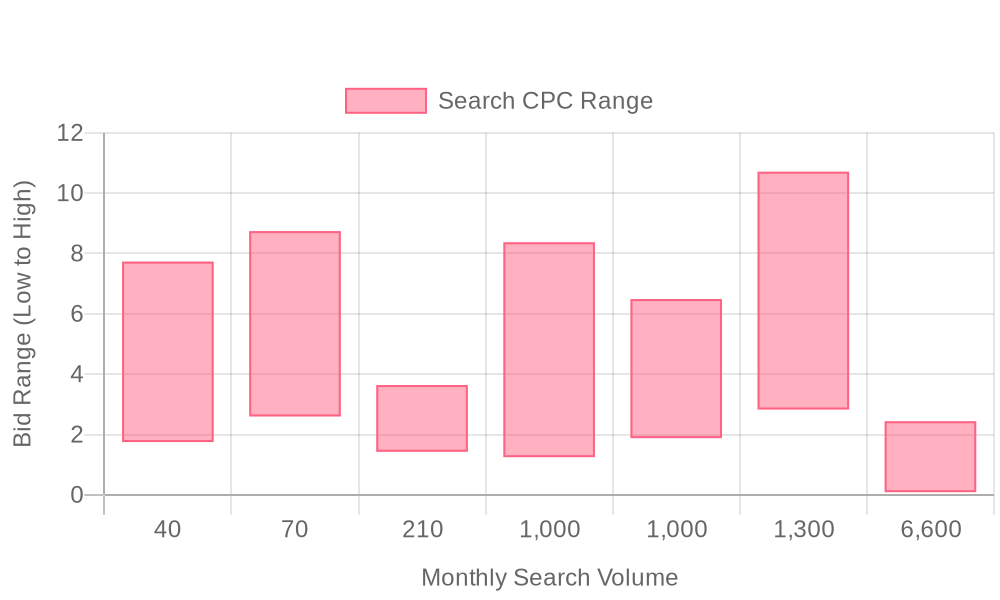
| Industry | Keyword | Monthly Search Volume | Competition Level | Low Bid | High Bid |
| Animal Food Manufacturers | animal food manufacturers | 40 | LOW | 1.75 | 7.73 |
| Animal Food Manufacturers | raw pet food suppliers | 70 | MEDIUM | 2.6 | 8.74 |
| Animal Food Manufacturers | wholesale dog food suppliers | 210 | HIGH | 1.43 | 3.64 |
| Animal Food Manufacturers | pet food suppliers | 1000 | MEDIUM | 1.25 | 8.37 |
| Animal Food Manufacturers | pet food manufacturers | 1000 | LOW | 1.88 | 6.49 |
| Animal Food Manufacturers | dog food supplier | 1300 | MEDIUM | 2.83 | 10.71 |
| Animal Food Manufacturers | diamond pet food | 6600 | HIGH | 0.09 | 2.44 |
Precision in keyword strategy fuels measurable results for animal food manufacturers aiming to generate qualified leads. A focused approach to keyword selection enables marketers to reach high-intent buyers, reduce wasted spend, and align ad campaigns with real purchasing behaviors unique to the pet food and animal nutrition sector. For step-by-step guidance on optimizing Google Ads campaigns for pet product businesses, explore this Google Ads pet products guide.
For animal food manufacturers, a strategic blend of intent-driven, negative, and localized keywords sets the stage for efficient campaign execution. This foundation allows for dynamic updates to audience segments and messaging as new data becomes available, ensuring advertising efforts remain closely aligned with evolving market opportunities and buyer behaviors. Marketers ready to enhance their keyword campaigns can get started for free with Sona.
Animal food manufacturers face unique digital marketing challenges: fragmented buyer intent, fast-moving trends, and complex product lines. Leveraging a unified, data-driven approach to campaign execution is key to capturing high-intent buyers and maximizing ROI.
Competitive advantage comes from precise targeting, real-time audience insights, and seamless connection between marketing and sales data. Modern platforms now enable teams to identify decision-makers, attribute conversions more accurately, and optimize spend based on true intent signals.
Effective Google Ads for Animal Food Manufacturers start with granular keyword segmentation. Segment keywords by product type—such as organic pet food, grain-free cat food, or hypoallergenic dog treats—and layer in local or regional modifiers. This prevents wasted spend on irrelevant searches and ensures ad visibility aligns with genuine buyer needs. Teams using unified data platforms can further refine targeting by identifying company-level search intent and prioritizing keywords that signal high buying probability. For a step-by-step approach to Google Ads in the pet industry, review this pet product campaign guide. When visitor identification is in place, marketers can move beyond anonymous clicks and build audience lists packed with verified accounts, driving more qualified traffic from the outset.
Ad copy must speak directly to both the emotional and rational concerns of pet owners and B2B buyers in the animal food sector. Highlighting benefits such as nutritional value, sourcing transparency, or allergy-friendly ingredients creates resonance. Meanwhile, including concrete calls-to-action—like “Request a distributor sample” or “Compare nutrition profiles”—guides the user’s journey with clarity. Real-time intent signals and dynamic audience data empower marketers to tailor messaging based on where leads are in the funnel, ensuring each prospect sees the most relevant offer. As audiences automatically update with behavior shifts or CRM changes, ad creative remains timely and effective.
A seamless transition from ad to landing page is critical for conversion. Page content should reinforce the ad’s promise, emphasize unique product differentiators, and feature testimonials from veterinarians or satisfied partners. Including detailed product specs and regulatory certifications addresses the practical needs of procurement teams and pet retailers. Integrating advanced conversion tracking allows teams to measure both online engagement and offline actions—such as sample requests or distributor sign-ups—ensuring no touchpoint is missed in the attribution model. Audience enrichment and CRM sync streamline the follow-up process, as every form fill or call is captured and routed to the appropriate sales workflow.
Continuous optimization is essential in the fast-paced animal food industry. Smart bidding strategies should prioritize segments with high engagement or conversion potential, automatically shifting budget toward top-performing audiences. To understand industry benchmarks and optimize spend, consult Google Ads CPM rates for pet food. Analyzing multi-touch attribution data uncovers which channels and creative combinations drive the most value, informing ongoing adjustments. Dynamic audience management ensures that as leads move through the funnel—such as from research to purchase intent—their ad experience evolves in real time. Unified data visibility enables revenue teams to act quickly on emerging trends, reallocate spend, and maximize ROI across every campaign. To see how your team can operationalize this approach, get started for free with Sona.
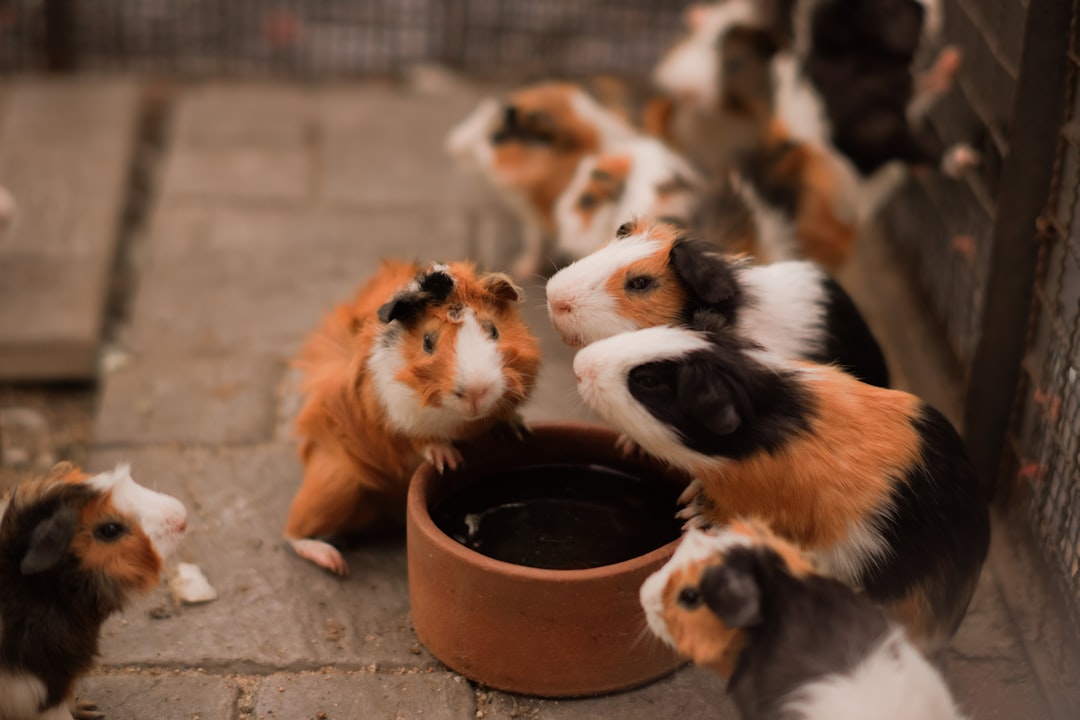
Animal food manufacturers can capture untapped demand by pinpointing high-value verticals within their niche. Focusing on specific buyer segments, such as eco-conscious pet owners or those seeking grain-free products, enables targeted messaging and higher conversion rates compared to generic, broad-market campaigns.
Unlock the full potential of your campaigns and get started for free with Sona today.
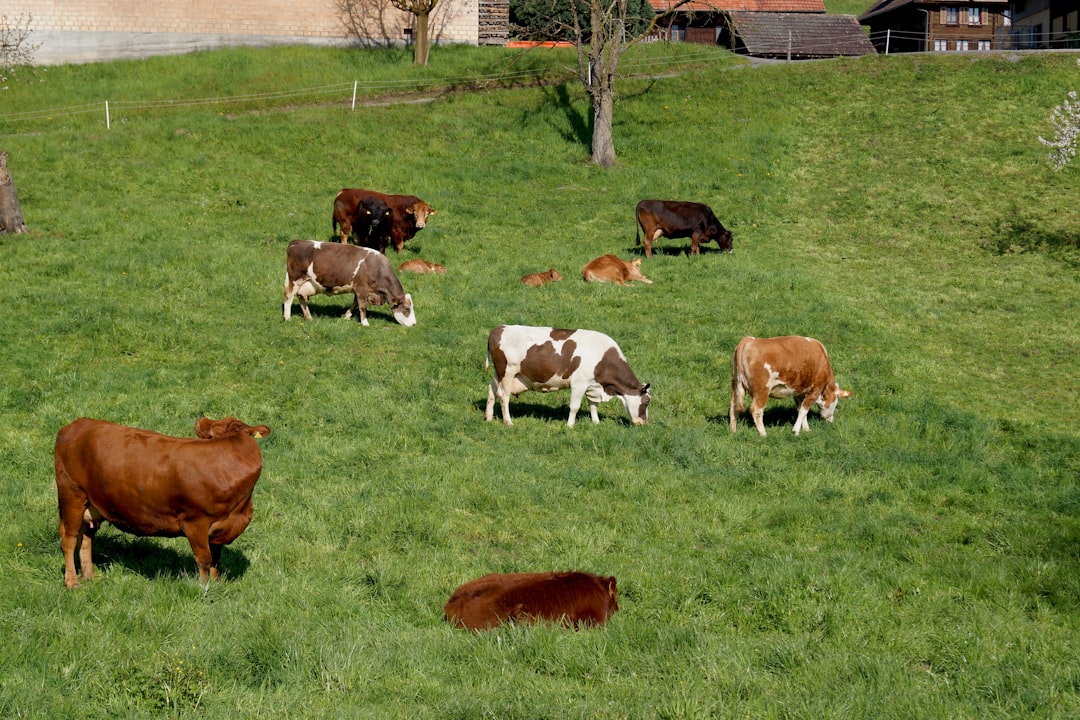
Precise audience segmentation gives animal food manufacturers a significant advantage in their digital marketing strategy. By identifying and targeting the right groups, marketers can deliver tailored messaging that resonates and drives measurable results. For a deeper dive into actionable frameworks, explore these marketing and sales playbooks.
Applying these segmentation strategies positions animal food manufacturers to deliver hyper-relevant campaigns that outperform broad-based approaches. Integrating dynamic segmentation, real-time intent, and audience sync ensures that every marketing dollar is spent influencing those most likely to convert. This unified, data-driven approach is essential for any modern pet food marketing strategies operation seeking predictable growth and improved ROI. To make the most of these strategies, get started for free with Sona.
Expanding market share in the animal food manufacturing sector requires a blend of tactical execution and data-driven agility. Success hinges on adapting to consumer demand shifts and leveraging digital innovation to stay visible and relevant. Get started for free with Sona.
Animal food manufacturers achieve stronger digital performance by prioritizing precise audience targeting, strategic keyword management, and ongoing optimization within Google Ads. These core practices allow brands to capture and convert high-intent buyers who are actively searching for specialized pet food products in a competitive market. For a comprehensive step-by-step approach, marketers can refer to this Google Ads guide for pet products to structure and optimize their campaigns effectively.
Integrating advanced tools amplifies these efforts by unlocking deeper insights into both audience behaviors and real-time engagement signals. By leveraging unified data, teams can move beyond anonymous web traffic, swiftly identifying high-value visitors and the companies behind them. This actionable intelligence enables marketers to dynamically adjust budgets, optimize creative, and deliver relevant messaging at every stage of the buyer journey.
Continuous campaign refinement, supported by robust online and offline conversion tracking, ensures that animal food brands measure the true impact of their digital investments. Seamless CRM and ad platform integrations further empower marketers to sync enriched leads and audience segments across Google Ads and core sales systems, maximizing each touchpoint and driving measurable revenue growth. To start transforming your pet food marketing results, get started for free with Sona.
In conclusion, harnessing the power of Google Ads can significantly elevate your animal food manufacturing business. By understanding and implementing targeted ad strategies, you can reach the right audience, optimize your campaigns, and manage costs effectively, ensuring your products gain the visibility they deserve.
Throughout this article, we've explored the intricacies of creating impactful ad campaigns tailored to the unique needs of animal food manufacturers. From identifying your target market to optimizing ad spend, these insights equip you with the tools to overcome common challenges and drive measurable results.
Imagine the transformation as your products reach the forefront of your audience's search results, translating into increased brand recognition and sales. With the right approach, you can not only navigate the complexities of digital advertising but also excel in it, making a lasting impact in your industry.
Ready to elevate your advertising strategy? Start for free to explore our platform and unlock the potential of unified go-to-market data, driving actionable insights for your business success today.
Effective strategies include precise keyword research, real-time audience segmentation, compelling ad creative, and optimized landing pages to capture high-intent buyers and maximize ROI.
Manufacturers can target pet owners by using niche audience segments, leveraging predictive buying signals, and syncing campaigns across various channels to ensure precise targeting and engagement.
The article does not specify an average cost per click for Google Ads in the animal food industry.
Manufacturers can optimize ROI by focusing on high-converting keywords, using advanced data solutions for audience insights, and aligning ad messaging with landing page content.
The article does not provide specific case studies but highlights strategies like using dynamic creative updates and leveraging intent data for successful campaign execution.
Join results-focused teams combining Sona Platform automation with advanced Google Ads strategies to scale lead generation

Connect your existing CRM

Free Account Enrichment

No setup fees
No commitment required

Free consultation

Get a custom Google Ads roadmap for your business
Join results-focused teams combining Sona Platform automation with advanced Meta Ads strategies to scale lead generation

Connect your existing CRM

Free Account Enrichment

No setup fees
No commitment required

Free consultation

Get a custom Google Ads roadmap for your business
Join results-focused teams combining Sona Platform automation with advanced LinkedIn Ads strategies to scale lead generation

Connect your existing CRM

Free Account Enrichment

No setup fees
No commitment required

Free consultation

Get a custom Google Ads roadmap for your business
Join results-focused teams using Sona Platform automation to activate unified sales and marketing data, maximize ROI on marketing investments, and drive measurable growth

Connect your existing CRM

Free Account Enrichment

No setup fees
No commitment required

Free consultation

Get a custom Google Ads roadmap for your business
Over 500+ auto detailing businesses trust our platform to grow their revenue
Join results-focused teams using Sona Platform automation to activate unified sales and marketing data, maximize ROI on marketing investments, and drive measurable growth

Connect your existing CRM

Free Account Enrichment

No setup fees
No commitment required

Free consultation

Get a custom Google Ads roadmap for your business
Over 500+ auto detailing businesses trust our platform to grow their revenue
Join results-focused teams using Sona Platform automation to activate unified sales and marketing data, maximize ROI on marketing investments, and drive measurable growth

Connect your existing CRM

Free Account Enrichment

No setup fees
No commitment required

Free consultation

Get a custom Google Ads roadmap for your business
Over 500+ auto detailing businesses trust our platform to grow their revenue
Our team of experts can implement your Google Ads campaigns, then show you how Sona helps you manage exceptional campaign performance and sales.
Schedule your FREE 15-minute strategy sessionOur team of experts can implement your Meta Ads campaigns, then show you how Sona helps you manage exceptional campaign performance and sales.
Schedule your FREE 15-minute strategy sessionOur team of experts can implement your LinkedIn Ads campaigns, then show you how Sona helps you manage exceptional campaign performance and sales.
Schedule your FREE 15-minute strategy sessionOur team of experts can help improve your demand generation strategy, and can show you how advanced attribution and data activation can help you realize more opportunities and improve sales performance.
Schedule your FREE 30-minute strategy sessionOur team of experts can help improve your demand generation strategy, and can show you how advanced attribution and data activation can help you realize more opportunities and improve sales performance.
Schedule your FREE 30-minute strategy sessionOur team of experts can help improve your demand generation strategy, and can show you how advanced attribution and data activation can help you realize more opportunities and improve sales performance.
Schedule your FREE 30-minute strategy sessionOur team of experts can help improve your demand generation strategy, and can show you how advanced attribution and data activation can help you realize more opportunities and improve sales performance.
Schedule your FREE 30-minute strategy session





Launch campaigns that generate qualified leads in 30 days or less.
